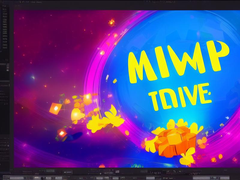When considering the diverse content creation for a topic such as Indonesian television, it’s essential to provide an overview that covers the breadth of the subject. Indonesian television has evolved significantly over the years, from its early days to the present, adapting to various technological advancements and changing viewer preferences.
History of Indonesian Television

Indonesian television began in the late 1960s, with the launch of the first broadcast channel. Initially, programming was limited and heavily state-controlled, focusing on educational and governmental content. As the years progressed, more channels emerged, offering a wider range of entertainment, news, and cultural programming. The 1990s saw a major expansion in both the number of channels and the variety of content, reflecting the rapid modernization and liberalization of Indonesian media.
Current Trends in Indonesian TV
Today, Indonesian television is characterized by a rich mix of content, including soap operas, reality shows, and international programming. The rise of digital platforms and streaming services has also influenced traditional TV, leading to increased competition and innovation. Indonesian viewers now have access to a broad spectrum of programs that cater to diverse tastes and interests, from drama and comedy to documentaries and talk shows.
Future of Indonesian Television
Looking ahead, Indonesian television is expected to continue evolving with technological advancements. The integration of digital technologies and the growth of online streaming services are likely to shape the future landscape of TV in Indonesia. This shift presents both opportunities and challenges for content creators and broadcasters, as they adapt to new consumption habits and strive to engage a tech-savvy audience.
In summary, Indonesian television has undergone a remarkable transformation from its inception to the present day. With ongoing advancements in technology and changing viewer preferences, the future of Indonesian TV promises continued innovation and a dynamic media landscape.









